FULL FIX: OBJECT1 INITIALIZATION FAILED error in Windows 10
10 min. read
Updated on
Read our disclosure page to find out how can you help Windows Report sustain the editorial team. Read more
Key notes
- There are all sorts of errors on Windows 10, but without a doubt, the most serious ones are Blue Screen of Death errors.
- These types of errors can occur due to faulty hardware, therefore it’s crucial to fix these errors as soon as possible.
- Your drivers are another common cause for BSoD errors, and if a certain driver is outdated or not fully compatible with Windows 10, you’ll probably get a BSoD error.
- Read on to see how to remediate these plus other possible culprits that may cause BSoD, including faulty software or antivirus.
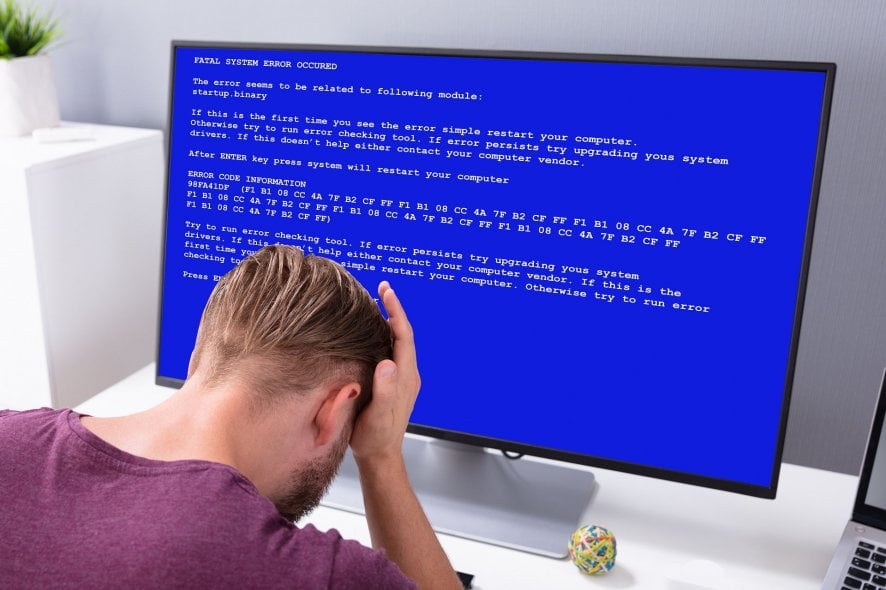
There are all sorts of errors on Windows 10, but without the doubt the most serious ones are Blue Screen of Death errors.
These types of errors can occur due to faulty hardware, therefore it’s crucial to fix these errors as soon as possible.
One of these errors is OBJECT1_INITIALIZATION_FAILED and today we’re going to show you how to fix it.
How can I fix OBJECT1_INITIALIZATION_FAILED BSoD error?
Table of contents:
- Update your drivers and Windows 10
- Run the BSOD Troubleshooter
- Run the SFC scan
- Run DISM
- Check the hard drive
- Remove any problematic software
- Use System Restore / Reset Windows 10
- Check your hardware
Fix – OBJECT1_INITIALIZATION_FAILED Windows 10 error
Solution 1 – Update your drivers and Windows 10
In order to prevent these types of errors from appearing, it’s good to update Windows 10 as well as your drivers on a regular basis.
By using Windows Update you’ll be certain that you receive the latest security and stability patches.
Many updates bring new features and fix compatibility issues with certain hardware and software.
Since both hardware and software issues are common cause for errors such as OBJECT1_INITIALIZATION_FAILED, it’s highly advised that you keep Windows 10 updated in order to prevent BSoD errors.
Your drivers are another common cause for BSoD errors, and if a certain driver is outdated or not fully compatible with Windows 10, you’ll probably get a BSoD error.
To fix these types of problems, it’s recommended that you keep your drivers up to date.
Updating your drivers is fairly simple, and you can do it simply by visiting your hardware manufacturer’s website and downloading the latest drivers for your hardware.
Alternatively, you can use Device Manager to update the necessary drivers. To do that, follow these steps:
- Press Windows Key + X to open Power User Menu. Select Device Manager from the list.
- When Device Manager opens, locate the driver you wish to update, right-click it and choose Update Driver Software.
- Choose Search automatically for updated driver software. Windows 10 will now search for the best driver for your device.
- Repeat these steps for all devices that you wish to update.
Some users are advising that it’s better to manually update your drivers instead of using Device Manager.
Sometimes Device Manager might not be able to download the latest drivers, so it’s better to download the necessary drivers directly from your hardware manufacturer’s website.
Update drivers automatically
Searching for drivers on your own can be time-consuming. So, we advise you to use a tool that will do this for you automatically.
Using an automatic driver updater will certainly save you from the hassle of searching for drivers manually, and it will always keep your system up to date with the latest drivers.
Also, it will help you update drivers automatically and prevent PC damage caused by installing the wrong driver versions.
After several tests, our team concluded that PC HelpSoft Driver Updater is the best-automatized solution. It is easy to use, light and it requires minimal effort on your part.
Besides updating, the software can also help you identify whether your system has any damaged or missing drivers and replace them right away with proper versions.
⇒ Get PC HelpSoft Driver Updater
Solution 2 – Run the BSOD Troubleshooter
The next thing we’re going to try is running Windows 10’s built-in troubleshooting tool. This tool can be used for resolving all sorts of system issues, including BSOD problems.
So, we can use it when dealing with the OBJECT1_INITIALIZATION_FAILED error.
Here’s how to run Windows 10’s troubleshooting tool:
- Go to the Settings app
- Head over to the Update & Security section.
- Select Troubleshoot from the menu on the left.
- Select BSOD from the right pane and click Run the troubleshooter.
- Follow the instructions on the screen to complete the troubleshooter.
Solution 3 – Run the SFC scan
The next troubleshooter on the list is the SFC scan. This is a command line tool that scans your computer in search for potential issues. Including BSOD errors.
Here’s how to run the SFC scan in Windows 10:
- Go to Search, type cmd, and open the Command Prompt as Administrator.
- Enter the following line and press Enter: sfc/scannow
- Wait until the process is done (it may take a while).
- If the tool finds the solution, it’ll automatically apply it.
- Now, close the Command Prompt and restart your computer.
Solution 4 – Run DISM
And the third tool we’re going to use here is DISM. Deployment Image Servicing and Management (DISM) re-deploys the system image, which can resolve various issues.
We’ll walk you through both standard and the procedure that utilizes the installation media below:
- Standard way
- Go to Search, type cmd, and open the Command Prompt as Administrator.
- Paste the following command and press Enter:
- Wait until the scan is finished.
- Restart your computer and try updating again.
- With the Windows installation media
- Insert your Windows installation media.
- Right-click the Start menu and, from the menu, choose the Command Prompt (Admin).
- In the command line, type the following commands and press Enter after each:
- dism /online /cleanup-image /scanhealth
- dism /online /cleanup-image /restorehealth
- Now, type the following command and press Enter:
- DISM /Online /Cleanup-Image /RestoreHealth /source:WIM:X:SourcesInstall.wim:1 /LimitAccess
- Make sure to change an X value with the letter of the mounted drive with Windows 10 installation.
- After the procedure is finished, restart your computer.
Solution 5 – Check the hard drive
If there’s something wrong with your hard drive, BSOD issues are more than possible. And the best way to check the current state of your hard drive is with the chkdsk command.
This command will scan your hard drive, and resolve potential problems.
Here’s how to run the chkdsk command in Windows 10:
- Restart your computer while holding the Shift key
- Enter the Advanced Startup.
- Choose Troubleshoot > Advanced Options.
- Select Command Prompt from the list of options.
- When Command Prompt appears, enter the following lines and press Enter after each line in order to run it:
- bootrec.exe /rebuildbcd
- bootrec.exe /fixmbr
- bootrec.exe /fixboot
- Some users are also suggesting that you need to run additional chkdsk commands as well. To perform these commands, you need to know drive letters for all your hard drive partitions. In Command Prompt you should enter the following (but remember to use the letters that match your hard drive partitions on your PC):
This is just our example, so keep in mind that you have to perform chkdsk command for every hard drive partition that you have.
- Restart your computer and check if the issue is resolved.
Solution 6 – Remove any problematic software
Sometimes certain software can cause OBJECT1_INITIALIZATION_FAILED BSoD error to appear, and in order to fix this issue it’s important to locate and remove the problematic software.
If you installed any new software before the error started appearing, be sure to locate and remove that software.
Alternatively, delete any application or driver that you updated in the last few weeks since sometimes the latest versions might have some problems with Windows 10.
To delete a specific driver, you need to do the following:
- Press Windows Key + X and choose Device Manager.
- When Device Manager opens, locate the problematic driver, right-click it, and choose Uninstall.
- If available, check to Delete driver software for this device and click OK.
- Restart your computer.
After you remove a certain driver, Windows 10 will replace it with a default driver, and if the default driver works well, you can continue using it.
If not, try downloading some older version of the driver.
It’s worth mentioning that antivirus software can also be a common cause for BSoD errors, therefore it’s advised to uninstall any third-party antivirus software that you have installed.
To completely remove an antivirus, it’s recommended to use special removal tools.
Many antivirus companies offer these tools for their software so be sure to download them and use them.
To be sure that a problem is caused by software, you can always start your PC in Safe Mode. To do that, follow these steps:
- Restart your computer few times while it boots. This should start Automatic Repair process.
- Navigate to Troubleshoot > Advanced Options > Startup Settings and click the Restart button.
- Once your computer restarts again, press 5 or F5 to select Safe Mode with Networking.
Safe Mode disables most of the third-party applications and it uses only the default drivers, therefore if you have no problems in Safe Mode, it’s most likely that certain software is causing this error on your PC.
When you determine which software causes the issue, we advise you to remove it with the help of a third-party uninstaller. These will erase any trace of the app including temporary files and registry entries.
Solution 7 – Use System Restore / Reset Windows 10
If the OBJECT1_INITIALIZATION_FAILED error is caused by software, you should be able to fix it performing System Restore. To do that, follow these steps:
- Restart your computer a few times while it boots to start Automatic Repair process.
- Choose Troubleshoot > Advanced options > System Restore.
- Select your username and enter your password.
- Select Choose a different restore point and select one of the restore points.
- Follow the instructions and wait for System Restore to complete.
If the problem is still present, you might have to reset Windows 10. Resetting Windows 10 will delete all your files and folders from C drive so be sure to back them up.
After creating a backup do the following:
- Start Automatic Repair by restarting your PC a few times.
- Select Troubleshoot > Reset this PC > Remove everything > Only the drive where Windows is installed > Just remove my files.
- Click the Reset button and wait for the process to finish.
This process will remove all files and folders from your C drive, and if the problem was caused by software, that software should now be completely removed.
If the problem still persists, you might have faulty hardware.
Solution 8 – Check your hardware
Before you start checking your hardware, be sure to remove any recently installed hardware since it might not be compatible with your PC.
If you didn’t install any new hardware, you’ll have to check for faulty hardware.
A common cause for BSoD errors might be your RAM, so be sure to test your modules one by one. In addition, you can use MemTest86+ to check them for errors.
Few users reported that their motherboard was the cause for OBJECT1_INITIALIZATION_FAILED error and after replacing the faulty motherboard, the issue was resolved.
It’s worth mentioning that almost any hardware component can cause this error, so be sure to perform a detailed inspection.
OBJECT1_INITIALIZATION_FAILED BSoD is often caused by faulty hardware, but before you start replacing your hardware, be sure to try all other solutions from this article.
You can’t ignore a BSoD error, because ignoring it might damage your hardware for good. Go straight to our Troubleshooting BSoD errors section for solutions.
There are more errors in Windows 10 we’ve hoped for but luckily, we have solutions for all of them in our Windows 10 errors Hub.

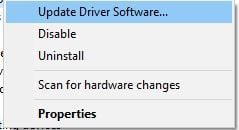
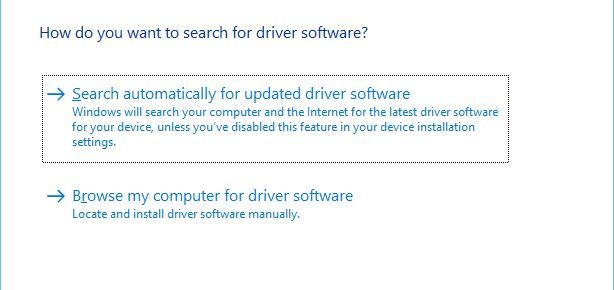
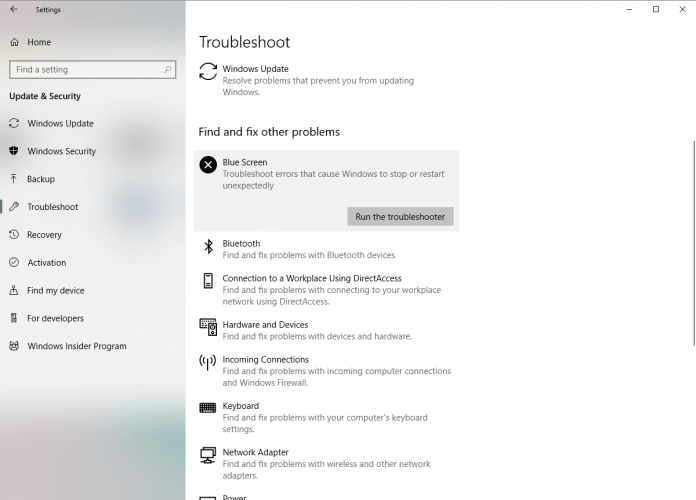
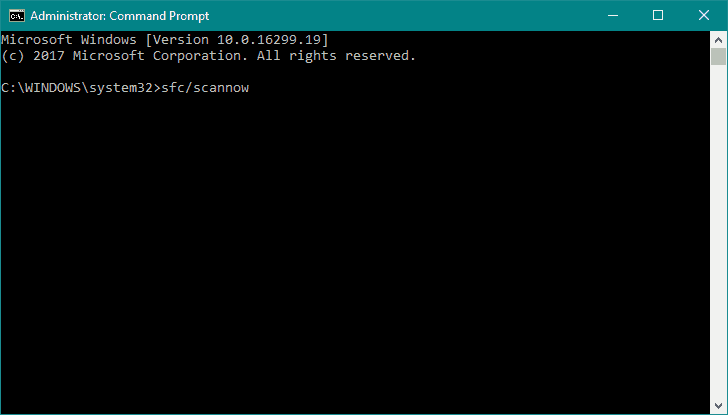
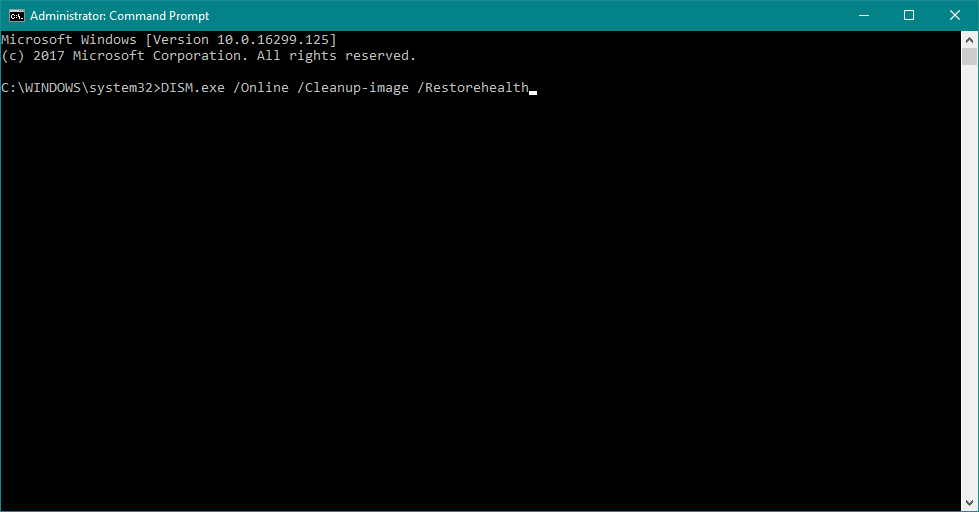
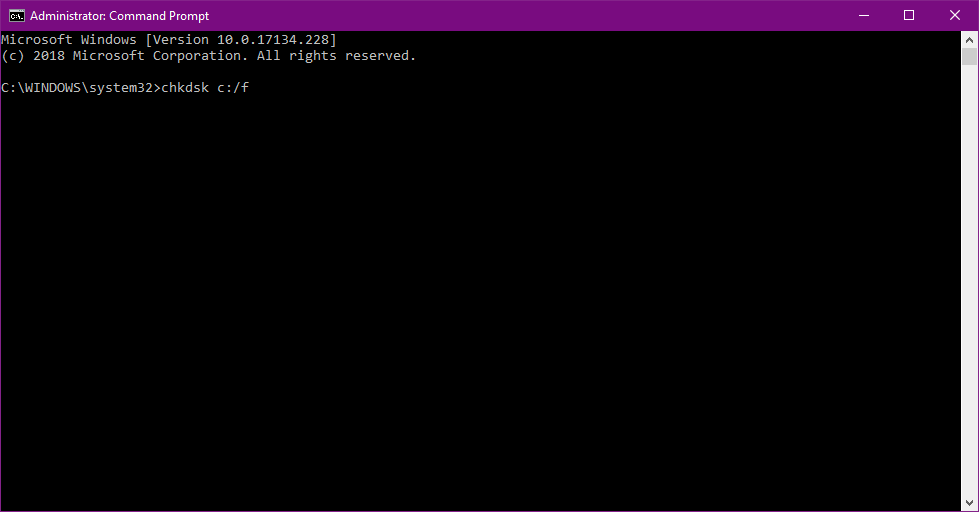
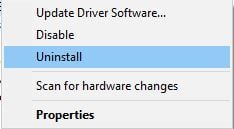
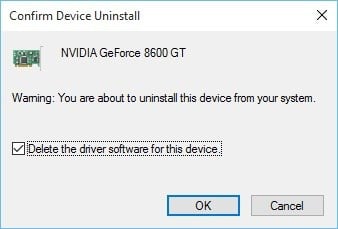



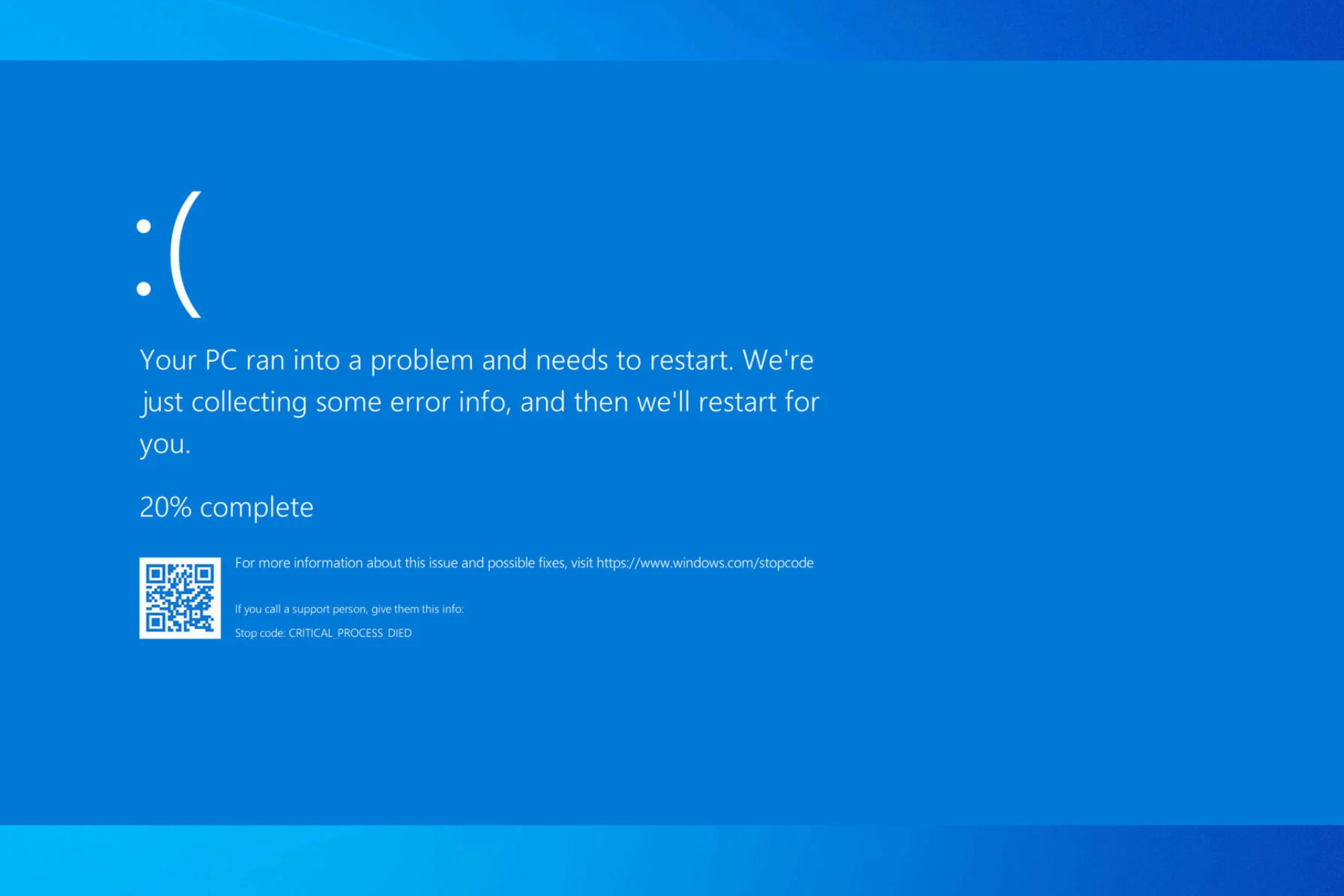


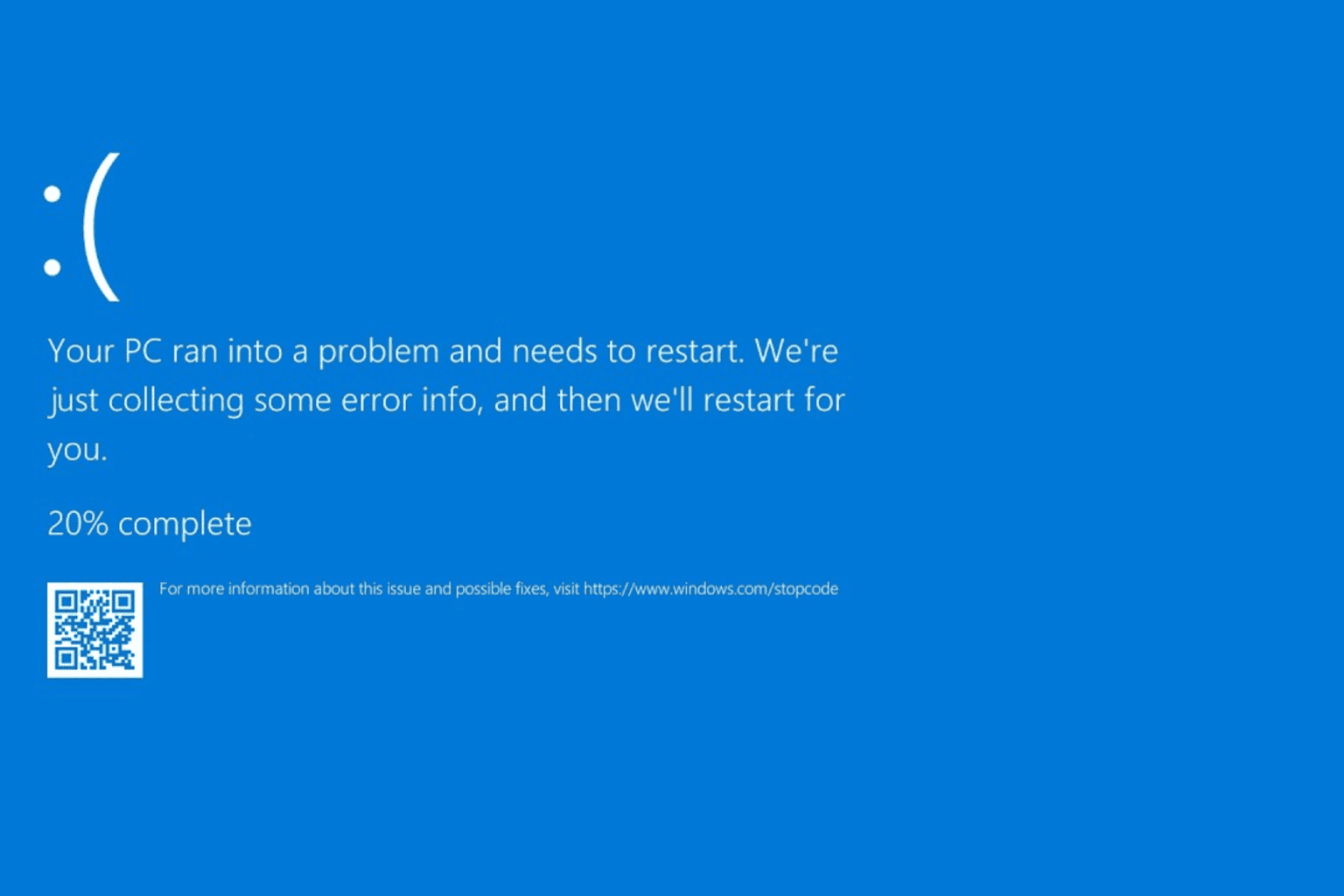

User forum
0 messages